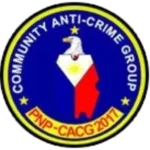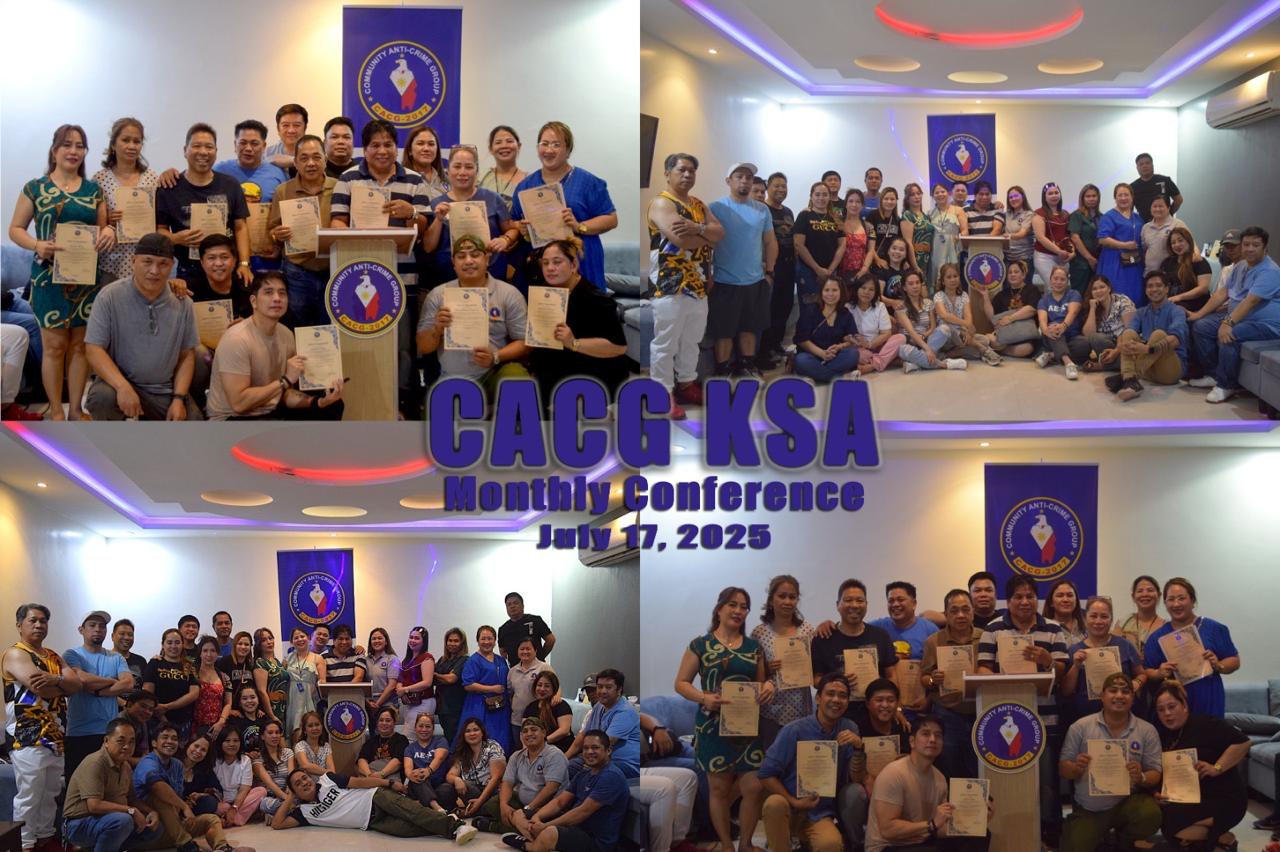I. Thought Leadership and Advocacy: The Future of Volunteerism in Law Enforcement in the Philippines
In an era of evolving public safety needs and increasing trust gaps, volunteerism in law enforcement is not just a supplement—it is a strategic imperative. The Community Anti-Crime Group (CACG) in the Philippines represents a transformative model of civic involvement, bridging the gap between government security forces and local communities.
Expanding Citizen Participation
- Institutionalizing Community-Based Policing: Future policy should formally recognize and train citizen volunteers as an auxiliary force—empowered but regulated—to enhance local security presence.
- Legal Frameworks and Incentives: Clear legislative backing is essential. This includes protection clauses, access to legal counsel, insurance coverage, and even tax incentives for active volunteers.
- Role Specialization: Volunteers can be organized into operational units (e.g., traffic management, environmental patrol, domestic abuse mediation) based on skill sets, background, and community need.
Opportunities and Challenges
- Opportunity: Citizens as force multipliers for under-resourced police units.
- Challenge: Avoiding the militarization of volunteerism and maintaining a civilian ethos in law enforcement roles.
Leadership from within CACG ranks must articulate a forward-thinking vision, where trust, transparency, and partnership define the volunteer experience.
II. How Digitalization Can Improve CACG Operations
Digital transformation is redefining how civil guard operations can be deployed, monitored, and optimized. Several emerging technologies offer real, scalable impact:
1. Body-Worn Cameras (BWCs)
BWCs provide real-time accountability, reduce conflict during interactions, and serve as credible evidence in judicial proceedings. For CACG:
- Implement low-cost BWC programs linked to secure cloud storage.
- Integrate with AI for automated incident tagging and flagging of critical footage.
2. Mobile Incident Reporting Apps
An official CACG mobile platform can enable:
- Real-time reporting of incidents by volunteers and citizens.
- Live dispatching of nearby units using geolocation.
- Data aggregation for hotspot mapping and crime trend analytics.
3. Geographic Information Systems (GIS)
GIS maps can guide patrol planning and resource allocation by identifying:
- Crime-prone zones.
- Emergency response gaps.
- Infrastructure vulnerabilities during disasters.
4. Digital Training Platforms
Micro-learning modules, scenario-based simulations, and remote certifications can scale CACG training to all provinces without the need for central physical training centers.
III. Why Civic Responsibility Matters: Reflections from CACG Veterans
At the heart of CACG’s mission lies a deeply human story—of ordinary Filipinos who choose to serve their communities beyond the call of employment or obligation.
Why It Matters
- It combats apathy and social fragmentation.
- It enables local resilience during national crises.
- It fosters inclusive public safety led by values, not just authority.
Conclusion: A National Agenda for Integrated Civic Policing
To build a safer, more inclusive Philippines, the way forward is clear:
- Thought leadership must shape inclusive policy and structure volunteerism as a strategic asset.
- Digitalization must empower the CACG with data, visibility, and operational efficiency.
- Civic stories must be told, honored, and used to inspire the next generation of citizen defenders.
This is not merely law enforcement reform—it is nation-building through civic empowerment.







 then choose "Install".
then choose "Install".